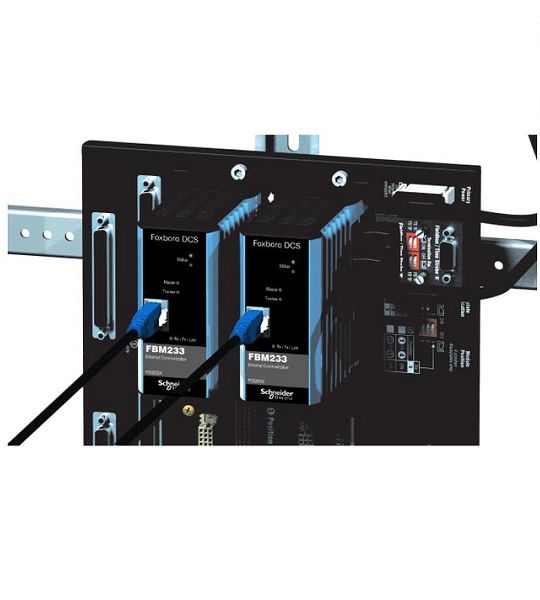
Product introduction
FDSI(Field Device System Integrator) is used to provide an interface for data communication between field devices and Evo systems. Each card can provide data integration capability of up to 2000 DCI(Distributed Control Interface) modules. DCI can be an analog module or a digital module.
For field devices, FDSI has both standard data communication drivers (Modbus, ModbusTCP/IP, OPC, etc.), and can also be developed and loaded according to customer needs for specific communication protocols. FDSI and its terminals are suitable for installation in Class1Division2 and Zone2 environments.
The Field Device System Integration Component (FDSI) (FBM233) provides an Ethernet interface between I/A Series systems and single - or dual-port field I/O devices.
The main features of the FBM233 include:
Redundancy Supports Ethernet transfer rates of 10 Mbps/100 Mbps between field devices.
Can communicate with up to 64 field devices.
I/O software drivers can be downloaded from the standard protocol library.
Up to 2000 DCI functional block connections.
Integrate field device data into I/A Series control database via Ethernet connection.
Onsite installation.
Meets G3 (harsh) environmental standards.
Each FBM233 component has a single 10/100Mbps copper core Ethernet connection on the front and a single RJ-45 connector for connecting dual-port Ethernet devices. The FBM233 can be directly connected to a single field device, or can communicate with 64 field devices through an Ethernet switch or HUB.
The combination of two components provides fieldbus component-level redundancy. In this configuration, one FBM233 is the primary station and the other is the tracking component. The input points on the control station are updated based on device inputs received by the network connected to the master station. The device output point depends on the I/O driver and is written by the master and trace components. If a problem is detected (for example, any device signal is lost), the role is automatically switched by the I/O driver, or by the user at any time via the SMDH.